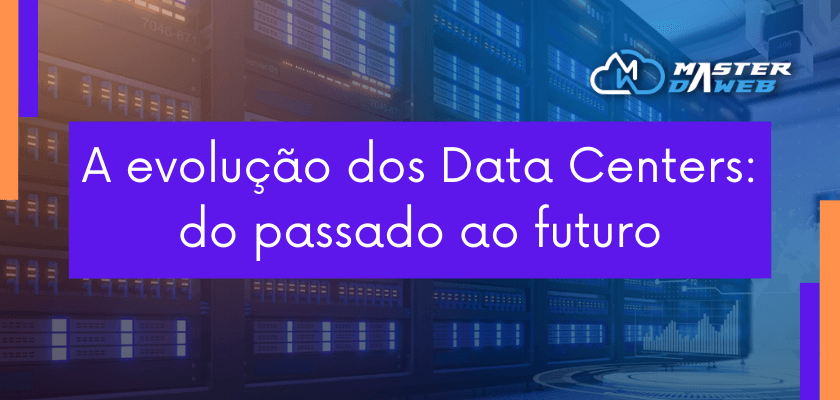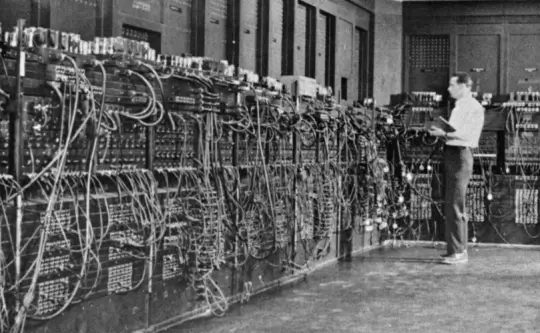The Evolution of Data Centers: From the Past to the Future

Data centers are the backbone of today’s technological infrastructure, providing space, energy and processing capacity to store and process large volumes of data. From the first data centers to today’s advanced data centers, this essential technology has undergone a remarkable evolution. In this post, we’ll explore the journey of data centers over time, from their past to future trends.

The Past: Initial Data Centers
In the past, data centers were large rooms full of servers and cooling equipment. They required a lot of physical space and consumed significant amounts of energy. These data centers were mainly designed for storing and processing internal company data.
The Age of Virtualization
With the advent of virtualization, data centers have undergone a fundamental transformation. Virtualization has allowed a single server to host several virtual machines, consolidating the infrastructure and reducing the need for physical space. This has led to greater energy efficiency and better use of available resources.
The Age of Cloud Computing
Cloud computing has revolutionized the way data centers are designed and used. With the cloud, computing resources are provided on demand, allowing rapid scalability and flexibility for companies of all sizes. Data centers now focus on delivering services rather than just storing data, offering a wide range of cloud-based services such as infrastructure as a service (IaaS), platform as a service (PaaS) and software as a service (SaaS).
Green and Sustainable Data Centers
In response to environmental concerns, data centers are becoming increasingly green and sustainable. Advances in energy efficiency, such as water cooling, the use of renewable energy sources and intelligent energy management, are allowing data centers to reduce their carbon footprint and be more environmentally friendly.
Edge Computing and Distributed Data Centers
With the emergence of technologies such as IoT (Internet of Things) and 5G, data centers are expanding to the edge of the network. Edge computing allows data to be processed and stored closer to where it is generated, reducing latency and increasing efficiency. These distributed and decentralized data centers are becoming increasingly important to support real-time applications and services.
The Age of Artificial Intelligence and Machine Learning
As artificial intelligence (AI) and machine learning (ML) become more prevalent, data centers are adapting to cope with the growing demand for computing power. GPUs (graphics processing units) and TPUs (tensor processing units) are being implemented in data centers to speed up computationally intensive tasks, such as training AI models and analyzing big data.
Data centers have come a long way since their early days, transforming from large rooms full of servers to highly efficient and scalable infrastructures. With virtualization, cloud computing, environmental concerns, edge computing and the growth of artificial intelligence, data centers will continue to evolve to meet the ever-changing needs of the digital age. As we move into the future, we can expect smarter, greener and more distributed data centers, driving the next generation of technological innovations.
Master da Web, your Cloud solution! ☁️